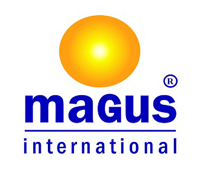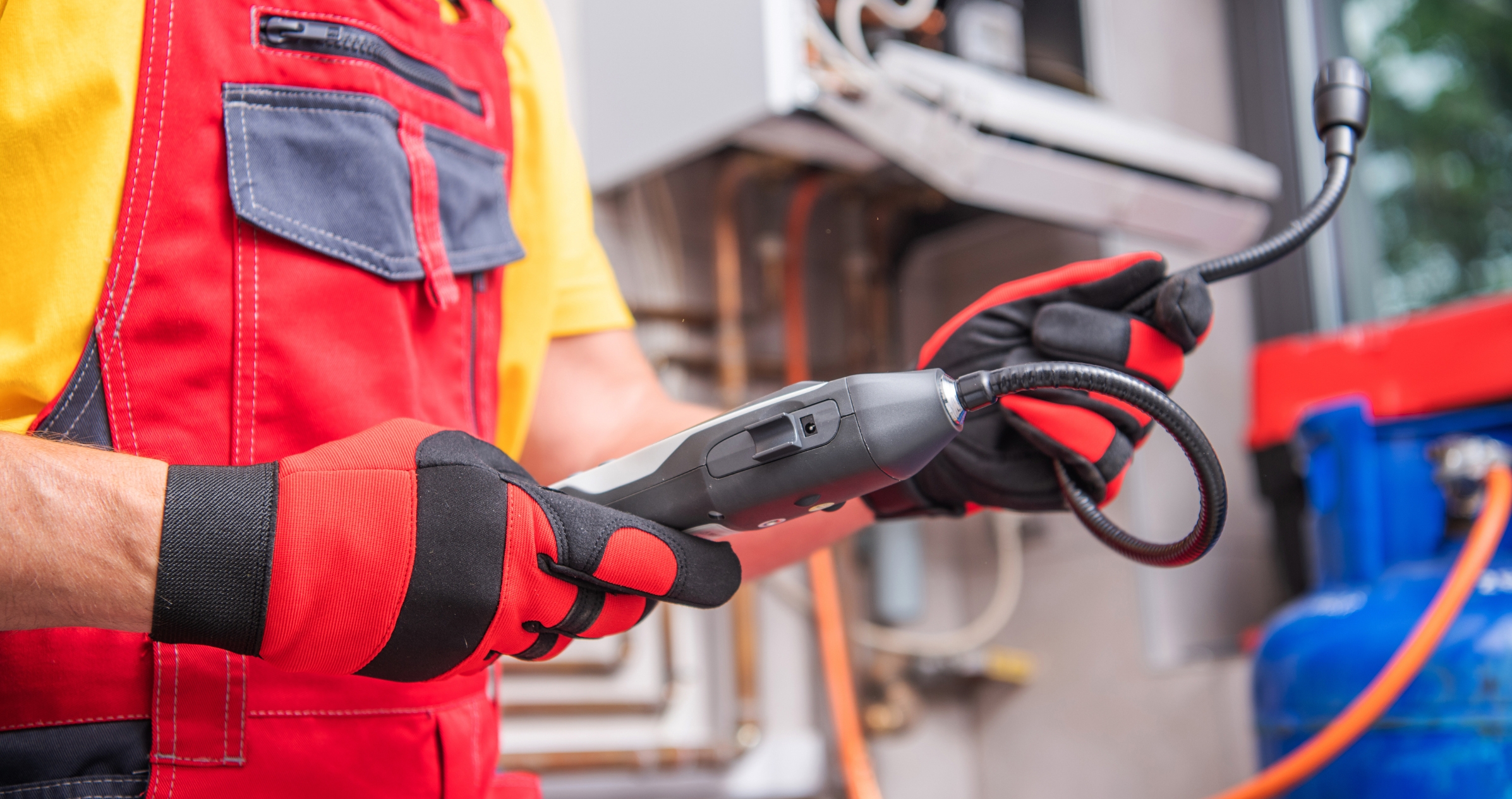Learn About the Types of Fire Extinguishers
There are several types of fire extinguishers designed to limit the spread of fires and extinguish them correctly to protect both property and people. It is essential to consider all safety measures if you own a factory, workplace, or even a home. In this article, we will explore the different types of fire extinguishers and how to prevent fires. As safety professionals, we offer all kinds of fire safety services. Keep reading for more details.
Types of Fire Extinguishers
Many people believe that water is the easiest way to extinguish fires. However, using water is not always appropriate or effective, depending on the type of fire. Below are the main types of fire extinguishers and their suitable applications.
ABC Dry Chemical Extinguishers
ABC dry chemical extinguishers are used to combat fires involving fibrous materials like paper and textiles, as well as flammable liquids and gases. These extinguishers contain a mixture of powdered chemicals, such as ammonium sulfate and phosphates. The higher the chemical concentration, the more effective the extinguisher.
Halogenated Agents
Halogenated fire extinguishers are designed for Class B and Class C fires. They work by interrupting the chemical reaction of the fire, leaving no harmful residue behind. These extinguishers are highly effective in situations requiring clean fire suppression without side effects.
Dry Powder Extinguishers
Dry powder extinguishers are similar to ABC dry chemical extinguishers, but they are primarily used for Class D fires, which involve specific metals. These extinguishers separate the fuel from the oxygen source, making them highly effective against metal fires but ineffective against other fire types.
Purple K Extinguishers
These extinguishers are suitable for Class B and Class C fires but are not effective for Class K fires. They are commonly used to extinguish fires involving flammable liquids like petroleum, tar, gas, and alcohol, as well as electrical fires.
Foam Fire Extinguishers
Foam fire extinguishers consist of corrosion-resistant steel containers filled with a liquid solution containing diluted foam (with a ratio of approximately 3:10). These extinguishers are suitable for Class A and Class B fires and are particularly used in the shipping industry.
CO2 Fire Extinguishers
CO2 fire extinguishers are effective for fires involving electrical equipment and Class B and Class C fires. As CO2 is a non-conductive, inert gas, these extinguishers are ideal for installation near electrical panels.
Fixed Fire Suppression Units
These systems are essential for high-risk environments such as chemical plants. They include a chemical powder storage unit, control valves, gas cylinders, hose reels, and discharge systems, ensuring effective suppression of large fires.
Water Fire Extinguishers
Water extinguishers are highly effective in fire safety, particularly for Class A, B, C, and F fires. These extinguishers use a fine water mist to rapidly suppress flames, helping to minimize damage and risks.
Components of Fire Extinguishers
Fire extinguishers contribute significantly to maintaining environmental and personal safety. Their components include the following:
- Storage Tank: This is the primary container holding the extinguishing agent, whether powder or another substance. The size and type of tank are selected based on the environment and potential fire risks.
- Extinguishing Agents: These include powders or other chemical agents designed to suppress different types of fires. The choice of extinguishing agent depends on the fire type and available resources.
- Valves and Pumps: These components direct and discharge the extinguishing agent effectively from the storage tank to the fire site.
- Pipes and Sprinklers: Installed throughout buildings to ensure broad coverage, these systems direct extinguishing agents accurately to fire locations.
- Detection and Alarm Systems: These devices detect fires in their early stages and alert people to the danger.
Importance of Fire Extinguishers
- Quick Response: Fire extinguishers allow for a rapid response to fires, preventing their spread and minimizing damage.
- Ease of Use: They are straightforward to operate, requiring no advanced skills, making them accessible to everyone.
- Control of Small Fires: Extinguishers are effective in controlling small fires before they escalate.
- Protection of People and Property: They ensure the safety of individuals and prevent significant material losses.
- Variety of Sizes and Types: Available in various sizes and types, making it easy to choose the right extinguisher for any environment.
- Eco-Friendly Options: Some extinguishers use environmentally friendly agents to minimize ecological harm.
Instructions for Using Fire Extinguishers
- Ensure all portable fire extinguishers are fully charged and operational.
- Place extinguishers in visible, accessible areas along common paths.
- Mark extinguisher locations with appropriately sized red squares above each extinguisher.
- Use distinctive signs to indicate extinguisher locations.
- Store manual extinguishers on dedicated mounts or shelves, except for wheeled units.
- Provide different extinguisher types based on the building’s fire risks.
- Protect extinguishers in outdoor locations from direct sunlight exposure.
In conclusion, we have explored the various types of fire extinguishers, their importance, and the need to have them in all places, whether fire-prone or not, to ensure adequate safety.





There are no comments